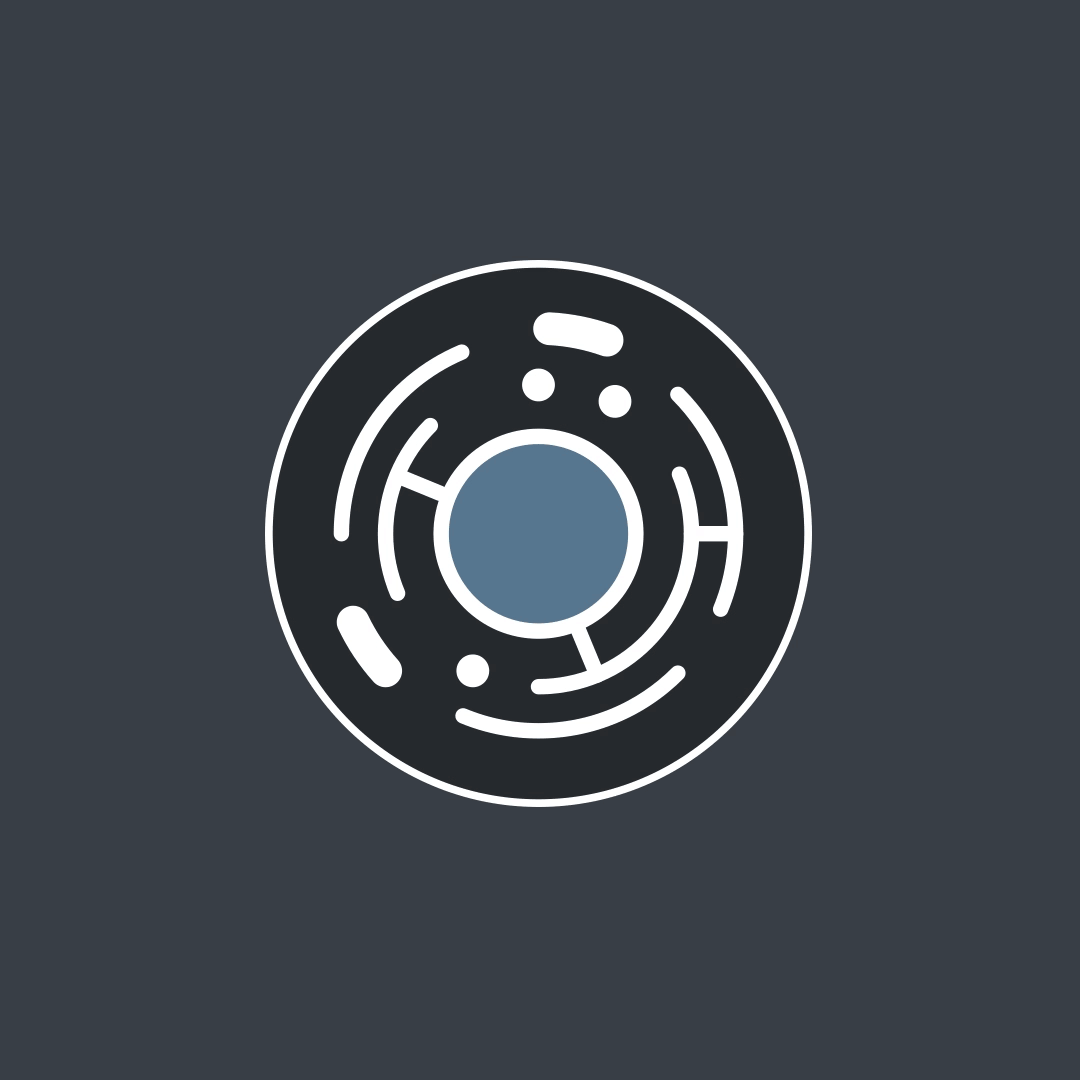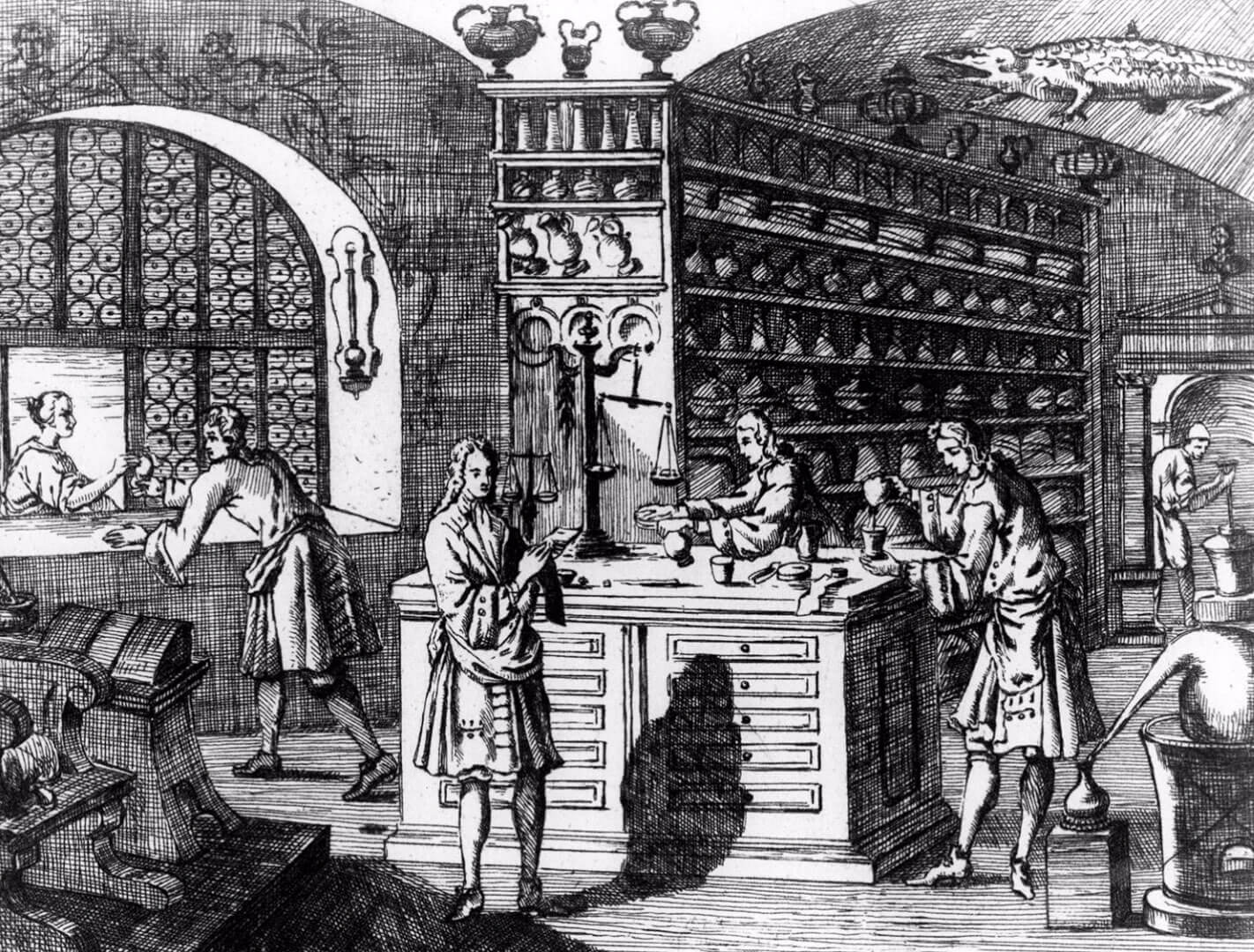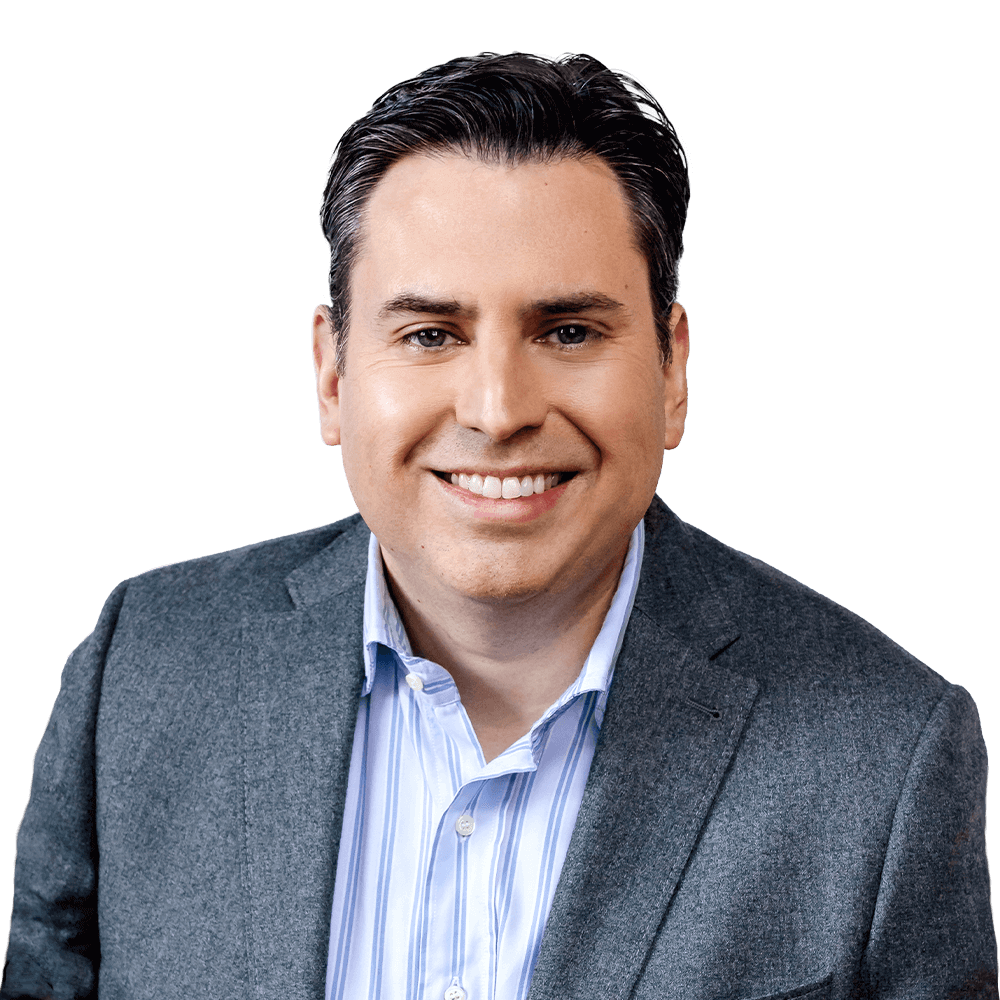The role of the healer is an ancient calling as old as humanity itself. Human skeletons dating back as far as 6500 BC bear the scars of medical interventions including, incredibly, brain surgery. But the formal practice of medicine is much newer. As recently as the early 1900s, most medical schools did not even require a college degree; any applicant that could afford the tuition fees was admitted. Largely considered a trade alongside others like carpentry and blacksmithing, aspiring surgeons apprenticed in barber shops, and many of the students enrolled even at a school such as Harvard Medical School were functionally illiterate. It’s only been over the course of the last century where medical education in the United States has become professionalized as the science and formal practice of preventing, diagnosing, and treating disease.
Over that same time period we have, of course, seen incredible advances in medicine, most notably in the public health arena with the near-eradication of many diseases via global vaccination efforts. Emerging diagnostic platforms and the use of biomarkers (such as cholesterol) have dramatically improved how we predict and manage diseases or determine which are most likely to respond to a given therapy. There is now no other area in medicine evolving as quickly as the area of targeted therapies — designed to attack specific, unique features of disease cells while sparing healthy ones. And the students at Harvard Medical School today, with an admittance rate of less than 4%, are definitely all literate.
Just as the practice of medicine has evolved, the very concept of what a medicine is has as well. The roots of the modern pharmaceutical industry began with small apothecaries that moved into wholesale production of drugs — some as far back as the 1600s, such as Merck — and specialty chemical companies that discovered medical uses for their products. A popular early practice for discovering drugs was to take large libraries of chemical compounds and test them against liquified animal tissues to see what stuck to where, a practice that would come to be known as “grind and bind”— and hopefully “find”. If there were potential medicines hidden in these chemical libraries, this was certainly one way to discover them. As this approach became increasingly productive, we entered the era of the small molecule medicines — small, because these chemicals made by scientists tended to be small enough to be administered orally and still be absorbed by the digestive system intact. These have been some of the best-selling and most recognized medicines in history, like Lipitor or Prozac.
But not all modern medicines are synthesized chemicals. Some diseases are treated by injecting therapeutic proteins that, because of their size and complexity, are known as large molecule medicines — for example injections of insulin, a sugar-regulating protein normally be produced by the pancreas, for diabetics. Historically, therapeutic proteins like these had to be isolated from naturally-occurring sources; in the case of insulin, these main sources were pigs and human cadavers. In the 1980s, however, advances in technology such as recombinant DNA led scientists to wonder if perhaps we could insert the DNA instructions for making proteins in other cellular systems like bacteria or Chinese hamster ovaries(!), and coax them in to making therapeutic proteins such as insulin on our behalf. The era of the large molecule medicines was ushered in when Genentech demonstrated the production of human insulin in bacteria in South San Francisco in 1978. Today, seven out of the top ten selling drugs in the United States are large molecule medicines.
We’re now at another key turning point where our ideas of what medicine is are shifting once again. We have begun to move beyond small and large molecule-based medicines to the emergence of programmable medicines — in the form of gene therapies, engineered cells, and designed microbes. This is a dramatic departure from our traditional concept of therapeutics. Most molecule-based medicines have a therapeutic effect by acting on cells or DNA or microbes. In the case of programmable medicines, the cells or DNA or microbes have themselves become the medicine. Now the focus for programmable medicines will shift from the drug’s mechanism of action (how the drug works) to the medicine’s machinations for taking action (how the drug thinks). These new medicines — themselves living things — will be able to sense the presence of disease; know what to do when they encounter that disease; contain themselves to only the site of disease; and terminate their actions when it is time to stop.
 If we’re going to program biology to serve as medicine, it makes sense to start at the source and use the programming language that biology itself uses: DNA. When the biological ‘language’ of DNA is corrupted, or mutated, it can give rise to one of more than 7000 known disorders, most of which have a devastating impact on quality of life and have no effective treatments. Replacing or repairing a faulty gene to restore normal function has been the holy grail of gene therapy for these diseases. But the stakes are high when you’re potentially modifying a person’s DNA permanently. For decades, the key struggles in gene therapy have been how best to deliver that medicine (a.k.a., in this case, a gene) to the right cells in a patient and, once in place, how to control the “dosage” of gene therapy or editing to get the desired effect. These have been major hurdles to overcome, with their own significant risks. Challenges remain and setbacks abound. There’s also the question of scale: even when shown to be safe and effective, manufacturing these therapeutics in sufficient quantities is hard. All that said, the potential for gene therapy and the rise of therapeutic applications for new technologies like CRISPR — a gene editing technology that acts as a precise find-and-replace function for DNA — are profound. With it, we’re on the precipice of changing the course of human disease, how we treat it, and even potentially the nature of humans forever.
If we’re going to program biology to serve as medicine, it makes sense to start at the source and use the programming language that biology itself uses: DNA. When the biological ‘language’ of DNA is corrupted, or mutated, it can give rise to one of more than 7000 known disorders, most of which have a devastating impact on quality of life and have no effective treatments. Replacing or repairing a faulty gene to restore normal function has been the holy grail of gene therapy for these diseases. But the stakes are high when you’re potentially modifying a person’s DNA permanently. For decades, the key struggles in gene therapy have been how best to deliver that medicine (a.k.a., in this case, a gene) to the right cells in a patient and, once in place, how to control the “dosage” of gene therapy or editing to get the desired effect. These have been major hurdles to overcome, with their own significant risks. Challenges remain and setbacks abound. There’s also the question of scale: even when shown to be safe and effective, manufacturing these therapeutics in sufficient quantities is hard. All that said, the potential for gene therapy and the rise of therapeutic applications for new technologies like CRISPR — a gene editing technology that acts as a precise find-and-replace function for DNA — are profound. With it, we’re on the precipice of changing the course of human disease, how we treat it, and even potentially the nature of humans forever.
 We’re not only potentially changing the nature of our own biology, but also that of our natural adversaries’. If medicine has had one consistent common foe, it’s the need to combat microbial invaders. But this enemy in many cases can be an ally. We are learning more every day that the microbiome, the rich ecosystem of microbes that symbiotically lives within each of us, is actually key to regulating a wide range of healthy and disease states ranging from digestive to health to neurological disorders. Beyond the normal function of a healthy microbiome, we will be able to engineer microbes to act as sentinels and soldiers against disease. Imagine introducing new genes into the genome of a bacteria so that, once swallowed, it would colonize in your gut and release anti-inflammatory molecules when it senses a flare associated with an autoimmune condition. What if E. coli, certain strains of which can make us very sick, could be programmed to make us better? While that sounds futuristic, a synthetic biology company is in the process of testing engineered microbes like this for several disorders, including a devastating disease known as phenylketonuria, or PKU, where E. coli has been engineered to break down and digest a certain molecule (because the patient is unable) and avoid a toxic buildup of that molecule in the body.
We’re not only potentially changing the nature of our own biology, but also that of our natural adversaries’. If medicine has had one consistent common foe, it’s the need to combat microbial invaders. But this enemy in many cases can be an ally. We are learning more every day that the microbiome, the rich ecosystem of microbes that symbiotically lives within each of us, is actually key to regulating a wide range of healthy and disease states ranging from digestive to health to neurological disorders. Beyond the normal function of a healthy microbiome, we will be able to engineer microbes to act as sentinels and soldiers against disease. Imagine introducing new genes into the genome of a bacteria so that, once swallowed, it would colonize in your gut and release anti-inflammatory molecules when it senses a flare associated with an autoimmune condition. What if E. coli, certain strains of which can make us very sick, could be programmed to make us better? While that sounds futuristic, a synthetic biology company is in the process of testing engineered microbes like this for several disorders, including a devastating disease known as phenylketonuria, or PKU, where E. coli has been engineered to break down and digest a certain molecule (because the patient is unable) and avoid a toxic buildup of that molecule in the body.
 Finally, we are beginning to consider the possibility of engineering human cells themselves to be medicine — a technology that has also taken giant leaps forward in the last few years. Engineered cells show particular promise in battling that old human demon, cancer. Among their many nefarious tricks, cancer cells develop ways to evade the immune system. The ultimate goal here is to train immune cells to recognize and attack cancer cells by taking immune cells from a patient, engineering them to respond to the patient’s own tumor cells and returning the engineered cells back to the patient. This therapeutic approach, known as CAR-T, makes the patient’s own reprogrammed immune cells their medicine. Again, there are risks with this approach, most notably the potential for a runaway immune response. CAR-T therapies are also incredibly expensive (currently nearly $500,000), inefficient to manufacture, and at the moment suited for only a limited types of cancers (leukemias and other blood cancers). But there is incredible investment and innovation to extend the use of cell therapies in other tumors. The greater potential is to not only engineer cells but to design them, using genetic circuits as a form of programming language to imbue cells with increasingly sophisticated logic — to sense disease, react based on circumstances, even to terminate themselves once a disease has been eliminated.
Finally, we are beginning to consider the possibility of engineering human cells themselves to be medicine — a technology that has also taken giant leaps forward in the last few years. Engineered cells show particular promise in battling that old human demon, cancer. Among their many nefarious tricks, cancer cells develop ways to evade the immune system. The ultimate goal here is to train immune cells to recognize and attack cancer cells by taking immune cells from a patient, engineering them to respond to the patient’s own tumor cells and returning the engineered cells back to the patient. This therapeutic approach, known as CAR-T, makes the patient’s own reprogrammed immune cells their medicine. Again, there are risks with this approach, most notably the potential for a runaway immune response. CAR-T therapies are also incredibly expensive (currently nearly $500,000), inefficient to manufacture, and at the moment suited for only a limited types of cancers (leukemias and other blood cancers). But there is incredible investment and innovation to extend the use of cell therapies in other tumors. The greater potential is to not only engineer cells but to design them, using genetic circuits as a form of programming language to imbue cells with increasingly sophisticated logic — to sense disease, react based on circumstances, even to terminate themselves once a disease has been eliminated.
None of these even address the medicines that do not reside in the physical world of atoms but in bits. The rise of “digital” therapeutics, where we are literally programming software to serve as a drug, already come in many flavors, from treating diabetes to substance abuse to depression to ADHD. These ‘medicines’ allow us to treat complex diseases with behavioral modification in a way that a single molecule targeting a specific set of biological pathways can’t.
As our collective conception as to what constitutes a medicine continues to evolve, regulatory agencies are adapting too. The FDA has announced additional streamlining measures to ensure that certain gene therapies, cancer medicines, and generic drugs are able to reach patients more quickly. 2017 was a monumental year for new medicines and modalities as we saw the first gene, engineered cell, and digital therapies approved, many by unanimous recommendation by an FDA panel. The FDA set an all-time record in 2018, clocking in with 59 novel drugs and biologics approved by the agency. And the agency has even announced guidelines for a regulatory path to encourage the use of artificial intelligence — algorithms that learn — in medicine which, in essence will give us the first medicines that themselves get better as we get better.
Exactly how these new medicines will get sold, paid for, and into patients’ hands at scale is still largely unresolved. All of these new medicines will be expensive; there is little doubt that the first multi-million dollar drug is on the horizon. But these medicines can be truly transformative for the patients receiving them, approaching in many cases what has been all too elusive goal for medicine in the first place: a cure. Insurance companies and even drug manufacturers themselves are recognizing the seismic shift and experimenting with new models: moving beyond pay-per-pill towards a pay-per-cure model, even the potential for installment payments — essentially a subscription to your new gene or engineered cell. It isn’t inconceivable that we may one day see the Netflix-ication of medicines.
Making medicines is a long, risky, and expensive process. There’s no doubt that programmable medicines have had, and will continue to have, their own unique challenges and setbacks. But we are living in a time of enormous change, at an inflection point where the meaning of medicine is being exploded not just into new tools, but new modalities and categories altogether. As we increasingly move towards a world of programing medicines, these medicines — genes, cells, microbes — will become a part of us… and will in turn reprogram us too.



